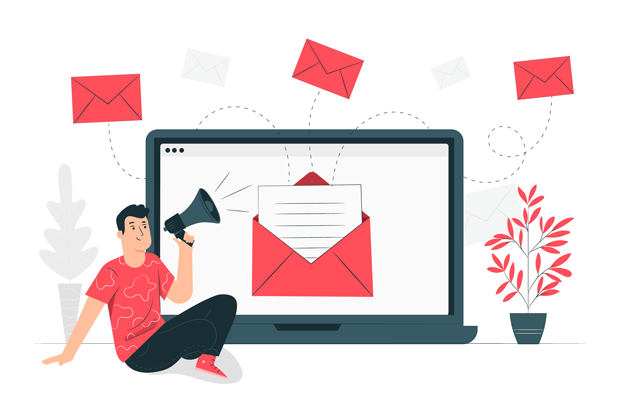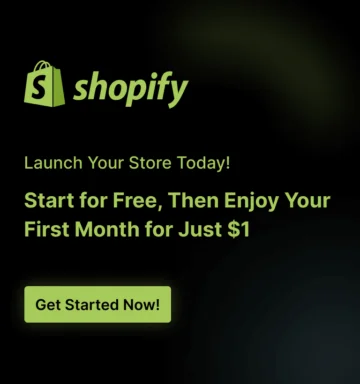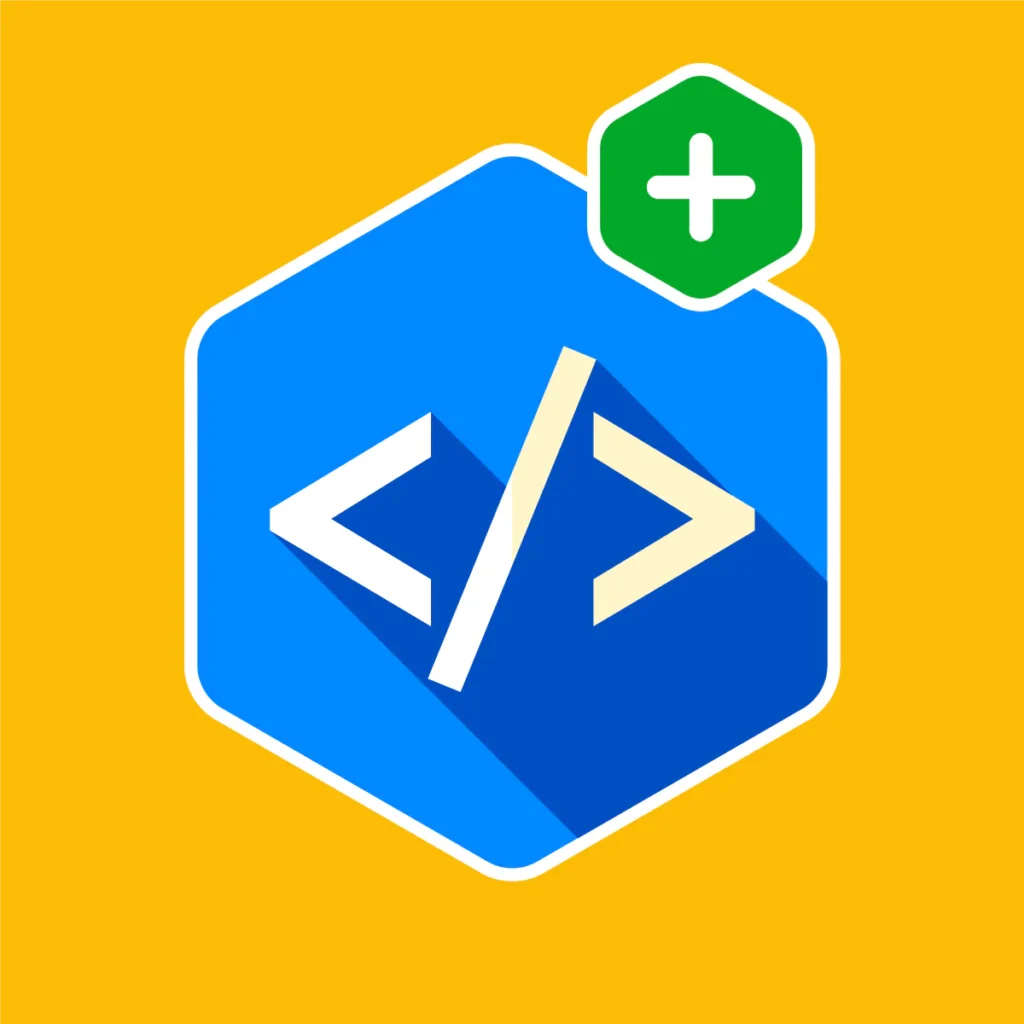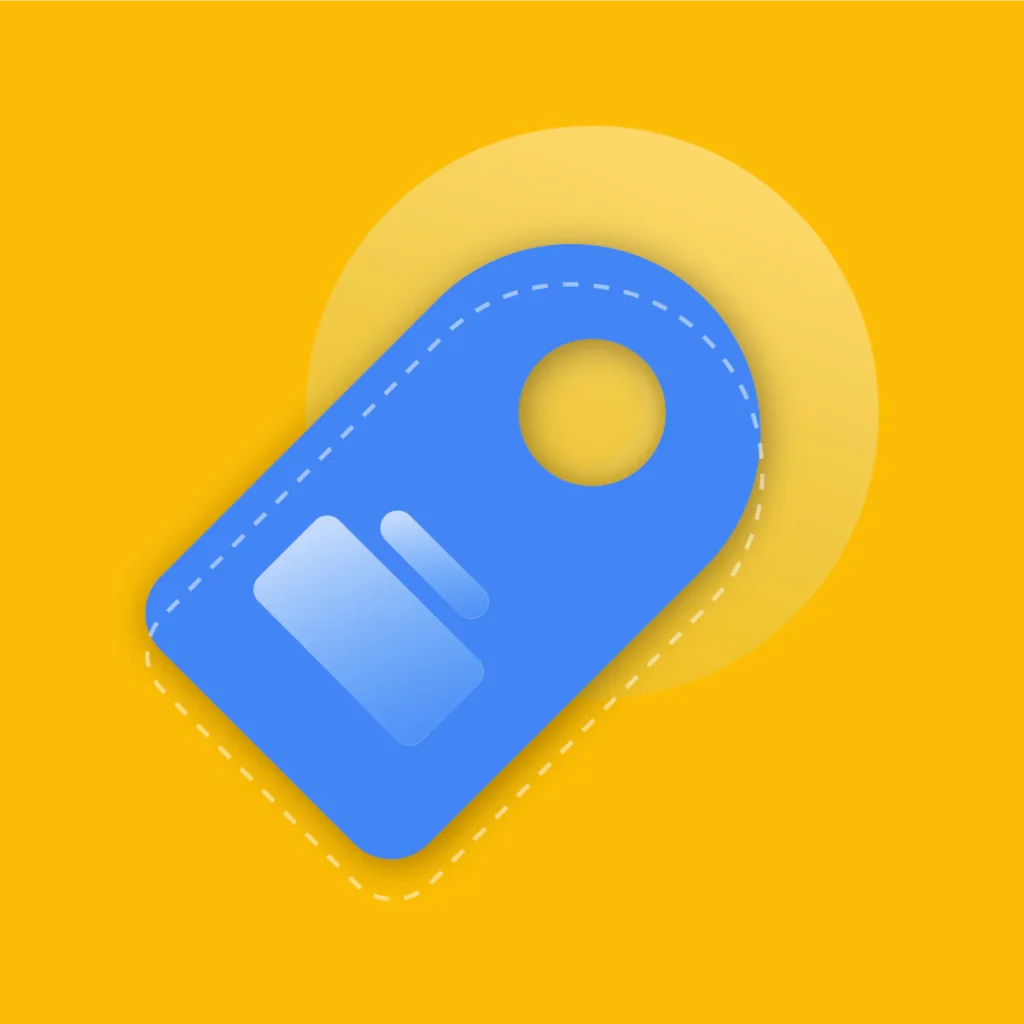Imagine turning casual browsers into loyal customers, all while you sleep. That’s the power of effective Shopify email marketing. In today’s competitive e-commerce landscape, simply having a beautiful online store isn’t enough.
You need to actively engage your audience, nurture relationships, and drive sales. Did you know that email marketing can generate $42 for every $1 spent, according to Litmus?
That’s a staggering 4200% ROI! If you’re looking to leverage this potential, this comprehensive guide will walk you through crafting a winning Shopify email marketing strategy and mastering automation.
Key Takeaways You’ll Discover:
- How to build a high-converting email list that actually wants to hear from you (hint: it’s not just about pop-ups).
- The secrets to automating personalized email sequences that feel genuinely human, not robotic.
- Which email marketing metrics truly matter, and how to use them to optimize your campaigns for maximum ROI.
- The surprising ways to segment your audience for laser-targeted emails that boost engagement and sales.
- How to craft compelling email copy that resonates with your customers and drives action.
- The specific integrations and tools that can make your Shopify email marketing more powerful than you ever thought possible.

Building Your Email List: The Foundation of Success
The first step in any successful Shopify email marketing strategy is building a quality email list. But how do you attract subscribers who are genuinely interested in your products?
- Offer Valuable Lead Magnets: Don’t just ask for an email; offer something in return. This could be a discount code, a free e-book, a checklist, or access to exclusive content.
- Optimize Your Website for Sign-Ups: Place sign-up forms in strategic locations, such as your homepage, product pages, and blog posts. Use clear and compelling calls to action.
- Leverage Pop-Ups Strategically: While pop-ups can be effective, avoid being intrusive. Use timed pop-ups or exit-intent pop-ups to capture visitors who are about to leave your site.
- Run Contests and Giveaways: These are excellent ways to generate buzz and attract new subscribers. Ensure your contest rules are clear and that you promote it across your social media channels.
- Integrate with your Social Media: Promote your email newsletter on your social platforms. Run social media ads that directly link to your sign up form.
Recommended Blogs for You:
How to Sell Internationally on Shopify: Complete Guide
The Ultimate Shopify Store Setup Checklist: Launch Your Dream Store Today!
Shopify Statistics: 45+ Crucial Facts & Figures for E-commerce Success in 2025
Content Marketing for Shopify: Complete Strategy Guide
Crafting Engaging Email Content
Once you have a list, it’s time to start sending emails. But what kind of content should you create?
- Personalization is Key: Segment your audience based on their interests, purchase history, and behavior. Use personalized greetings and tailor your content to their specific needs.
- Tell Stories: People connect with stories. Share your brand’s story, customer success stories, or stories about your products.
- Use Compelling Subject Lines: Your subject line is the first thing your subscribers see. Make it intriguing and relevant to the content of your email.
- Keep it Concise: People are busy. Get to the point quickly and use short paragraphs and bullet points to make your emails easy to read.
- Include a Clear Call to Action: Tell your subscribers what you want them to do. Whether it’s making a purchase, reading a blog post, or following you on social media, make sure your call to action is clear and prominent.
- Utilize High-Quality Images and Videos: Visual content can make your emails more engaging and memorable. According to Campaign Monitor, emails with images have higher click-through rates.
Automating Your Shopify Email Marketing
Automation is where Shopify email marketing truly shines. It allows you to send targeted emails at the right time, without lifting a finger.
- Welcome Emails: Automatically send a welcome email to new subscribers. Introduce your brand, offer a discount, and encourage them to explore your store.
- Abandoned Cart Emails: Recover lost sales by sending automated emails to customers who left items in their carts. Studies indicate that cart abandonment emails can recover 29% of lost sales.
- Post-Purchase Emails: Thank customers for their purchases and provide them with valuable information, such as shipping updates and product care tips.
- Browse Abandonment Emails: If a customer views a product, but doesn’t add it to cart, send them an email reminding them about that product.
- Win-Back Emails: Re-engage inactive subscribers by sending them personalized offers and promotions.
- Birthday and Anniversary Emails: Send personalized emails to celebrate your customers’ special occasions.
Measuring and Optimizing Your Email Marketing Performance
To ensure your Shopify email marketing efforts are paying off, you need to track your results and make adjustments as needed.
- Open Rate: The percentage of subscribers who opened your email.
- Click-Through Rate (CTR): The percentage of subscribers who clicked on a link in your email.
- Conversion Rate: The percentage of subscribers who completed a desired action, such as making a purchase.
- Unsubscribe Rate: The percentage of subscribers who unsubscribed from your email list.
- ROI (Return On Investment): The overall return on your email marketing investment.
- A/B Testing: Test different subject lines, email content, and calls to action to see what resonates best with your audience.
Utilizing Shopify Email and Integrations
Shopify Email itself is a powerful tool, but integrating with third-party apps can take your email marketing to the next level. Some popular integrations include:
- Klaviyo: A powerful email marketing platform designed specifically for e-commerce businesses.
- Mailchimp: A popular email marketing service that offers a wide range of features and integrations.
- Omnisend: An omnichannel marketing automation platform that includes email, SMS, and push notifications.
Frequently Asked Questions
How often should I send Shopify email marketing campaigns?
The frequency of your emails will depend on your audience and the type of content you’re sending. Start by sending emails once or twice a week and then adjust based on your results.
What is the best time to send Shopify emails?
There’s no one-size-fits-all answer. The best time to send emails will depend on your audience. Experiment with different send times and track your open and click-through rates.
How do I avoid my Shopify emails going to spam?
Use a reputable email marketing service, avoid using spam trigger words, and encourage your subscribers to add your email address to their contacts.
What are some effective subject line strategies for Shopify email marketing?
Use personalization, create a sense of urgency, ask questions, and use numbers.
How do I segment my Shopify email list?
Segment your list based on demographics, purchase history, behavior, and interests.
Conclusion
Shopify email marketing is a powerful tool that can help you drive sales, build customer loyalty, and grow your business. By following the tips and strategies outlined in this guide, you can create a winning email marketing strategy that delivers results.
Remember to focus on providing value to your subscribers, personalizing your content, and automating your campaigns to maximize your ROI. Embrace the data, and adapt your strategy as you learn more about your audience.
By staying consistent and focusing on providing value, you will see the full potential of your Shopify store.



